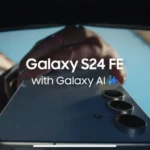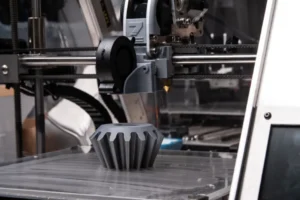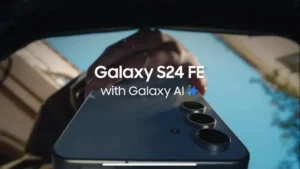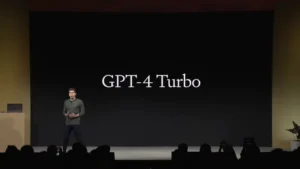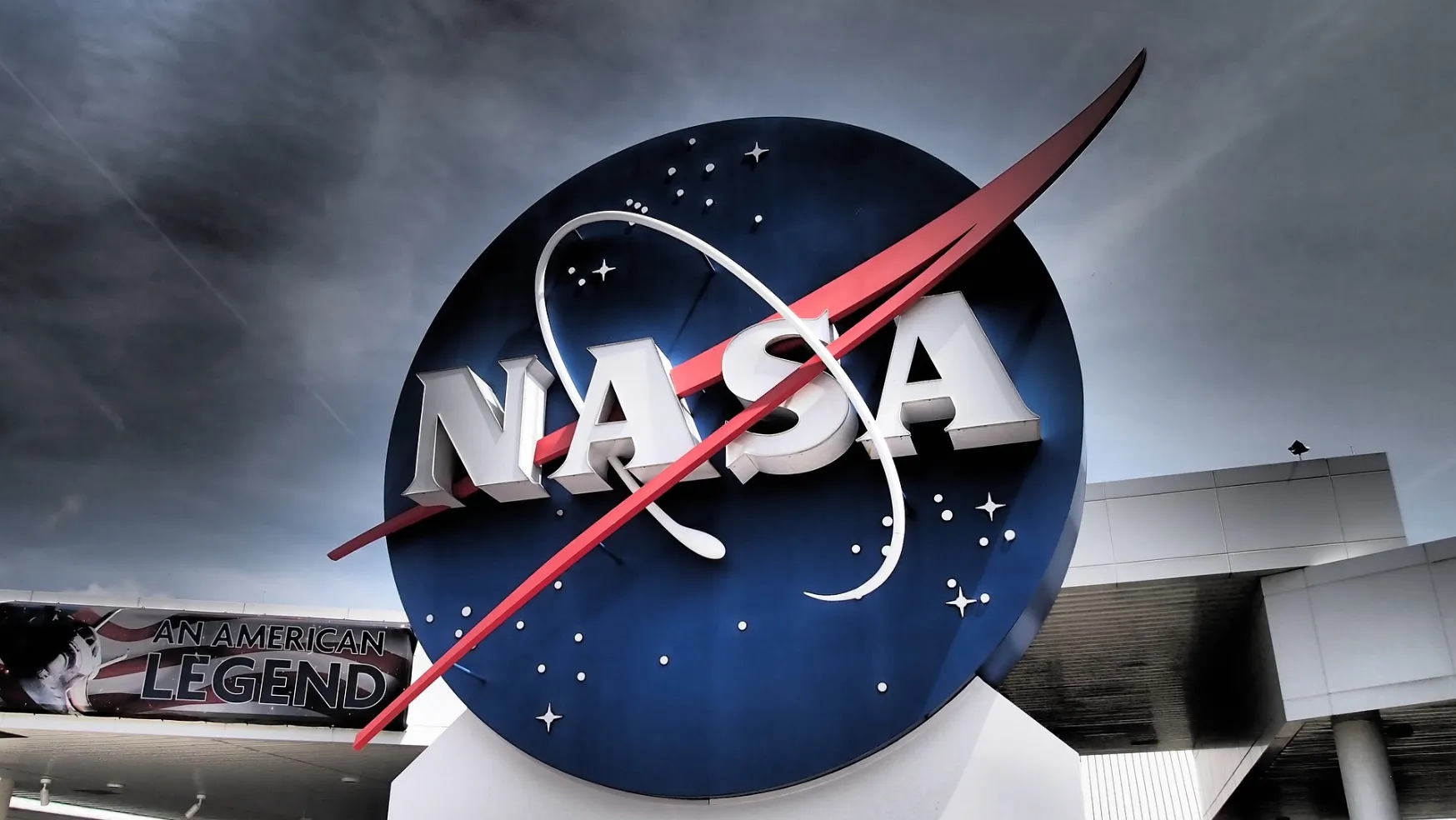
So, you’ve probably heard about UFOs, or Unidentified Flying Objects, zipping through the skies. They’ve been a source of fascination for a long time, and even NASA, the space agency, has had its own share of adventures in studying them. Let’s dive into NASA’s journey through the world of UFOs, from its historical involvement in UFO investigations to the exciting plans they have for the future.
NASA’s History of UFO Research
Back in the 1950s, NASA’s journey into UFO research began. It was a time when the fascination with unidentified flying objects was at its peak. NASA jumped into the UFO scene through its involvement in Project Blue Book, which was initially the Air Force’s brainchild to look into UFO sightings. NASA’s role was pretty significant – they brought some serious scientific expertise to the table, helping the Air Force dig into these mysterious phenomena.
Fast forward to 1969, and Project Blue Book wrapped up its investigation. But that didn’t mean NASA just shut the book on UFOs. In fact, they quietly kept the candle burning. Even as the formal project came to a close, NASA continued to study UFOs informally.
And then, in 2019, NASA decided to step back into the spotlight when it established the Unidentified Anomalous Phenomena Reporting Mechanism (UAPRM). This initiative aimed to give NASA employees and contractors a channel to report and share their own UFO sightings. It also set out to collect and analyze these reports, potentially shedding new light on these enigmatic phenomena.
Some of the Most Famous UFO Cases that NASA has Investigated
NASA has investigated some of the most famous UFO cases in history, including:
- The Kenneth Arnold sighting in 1947: Arnold reported seeing nine unusual objects flying in formation over Washington state. This sighting is credited with sparking the modern UFO craze.
- The Roswell incident in 1947: A rancher in New Mexico found what he believed to be the wreckage of an alien spacecraft near Roswell. The Air Force initially claimed that the wreckage was from a weather balloon, but later changed their story to say that it was from a top-secret project.
- The Betty and Barney Hill abduction in 1961: Betty and Barney Hill claimed to have been abducted by aliens and driven around in a spaceship for several hours.
- The Lonnie Zamora sighting in 1964: Zamora, a New Mexico state police officer, reported seeing a UFO land on a nearby road. Zamora said that he approached the UFO and saw two human-like figures inside.
- The Phoenix Lights in 1997: Thousands of people in Arizona, Nevada, and Mexico reported seeing a large, V-shaped object in the sky. The Air Force said that the object was a group of training aircraft, but many people believe that it was a UFO.
The Different Types of UFOs that NASA has Studied
NASA has studied a wide variety of UFOs, including:
Lights in the sky
These are the most frequently reported type of UFO sightings. Witnesses often describe seeing lights in the sky that can be stationary or in motion. These lights can take on a multitude of colors and shapes, making them a diverse category of UFO sightings. Some witnesses report pulsating or flashing lights, adding to the intrigue.
Disc-shaped objects
Disc-shaped UFOs are among the most iconic and commonly sighted. They are often depicted as silver or white in color and have a shiny, metallic appearance. The classic image of a flying saucer often falls under this category. Witnesses describe them as having a flattened, round shape, resembling a disc or a saucer.
Rod-shaped objects
While less common than disc-shaped UFOs, rod-shaped objects have also been observed and reported. They tend to be darker in color, often described as black or dark gray. These UFOs typically have a cylindrical or cigar-shaped appearance, making them distinct from other shapes. Witnesses may perceive them as elongated and moving swiftly through the sky.
Triangular objects
Triangular UFO sightings are less frequent but still prevalent. They are often reported as being black or dark gray and shaped like an equilateral or isosceles triangle. Witnesses describe them as having lights at the vertices or along the edges, creating a triangular outline. The silent and agile movement of these objects often adds to their mysterious nature.
Other Types of UFOs
In addition to the more common shapes mentioned, there have been reports of various other UFO types. These include spherical UFOs, which are perfectly round and can appear to emit a soft glow. Cube-shaped UFOs have also been observed, featuring sharp angles and straight edges. Ovoid UFOs are oval or egg-shaped and are less frequently reported but add to the diversity of unidentified flying objects.
Also, read and watch Pentagon now reports about 400 UFO encounters: ‘We want to know what’s out there.
The Theories about UFOs that NASA Scientists are Considering
NASA scientists are considering a variety of theories about UFOs, including:
- Extra-terrestrial intelligence (ETI): This is the theory that UFOs are piloted by intelligent beings from other planets.
- Ultra-terrestrial intelligence (UTI): This is the theory that UFOs are piloted by intelligent beings from other dimensions.
- Inter-dimensional intelligence (IDI): This is the theory that UFOs are piloted by intelligent beings from other timelines.
- Man-made UFOs: This is the theory that UFOs are secret government or corporate aircraft.
- Natural phenomena: This is the theory that UFOs are natural phenomena, such as mirages, ball lightning, or lenticular clouds.
NASA’s Plans for Future UFO Research
Reuters reported on October 25, 2022, that NASA has formed a first-of-its-kind panel to study unidentified aerial phenomena (UAPs), commonly termed UFOs. The 16-member panel will focus its inquiry on unclassified sightings and other data collected from civilian government and commercial sectors. The panel’s findings are expected to be made public in 2023.
But that’s not all. NASA isn’t just about looking back; they’re all about reaching for the future. They’re working on cutting-edge technologies to better understand and explore UFOs. It’s like gearing up for a cosmic treasure hunt with the latest gadgets and gizmos to unlock the secrets of the skies.
New NASA Report Recommends Increased Scientific Study of UFOs
On September 12, 2023, NASA released a report about Unidentified Anomalous Phenomena (UAP), better known as UFOs. The report highlights the challenges in studying UAP due to a lack of solid data.
NASA’s recommendations include improving data collection, collaborating with other agencies and the private sector, and researching new technologies for UAP analysis. They’re also considering setting up a dedicated center for UAP research.
Then, on September 14, NASA hosted a media event to present UAP’s report live and report their progress.
This report comes at a time when UAPs are in the spotlight, with the US Department of Defense sharing baffling videos and photos. It’s a significant step in the scientific exploration of these sky mysteries.
Wrap Up
As we wrap up our journey through NASA’s encounters with Unidentified Flying Objects, it’s clear that the fascination with UFOs isn’t fading away. With a rich history of investigations, famous cases, and a recent push for more scientific inquiry, UFOs continue to be a captivating cosmic mystery. NASA’s commitment to exploring the unknown ensures that these enigmatic phenomena will keep us looking up to the skies, eager to unravel their secrets. Who knows what the future holds in the quest to understand these unexplained aerial mysteries?



